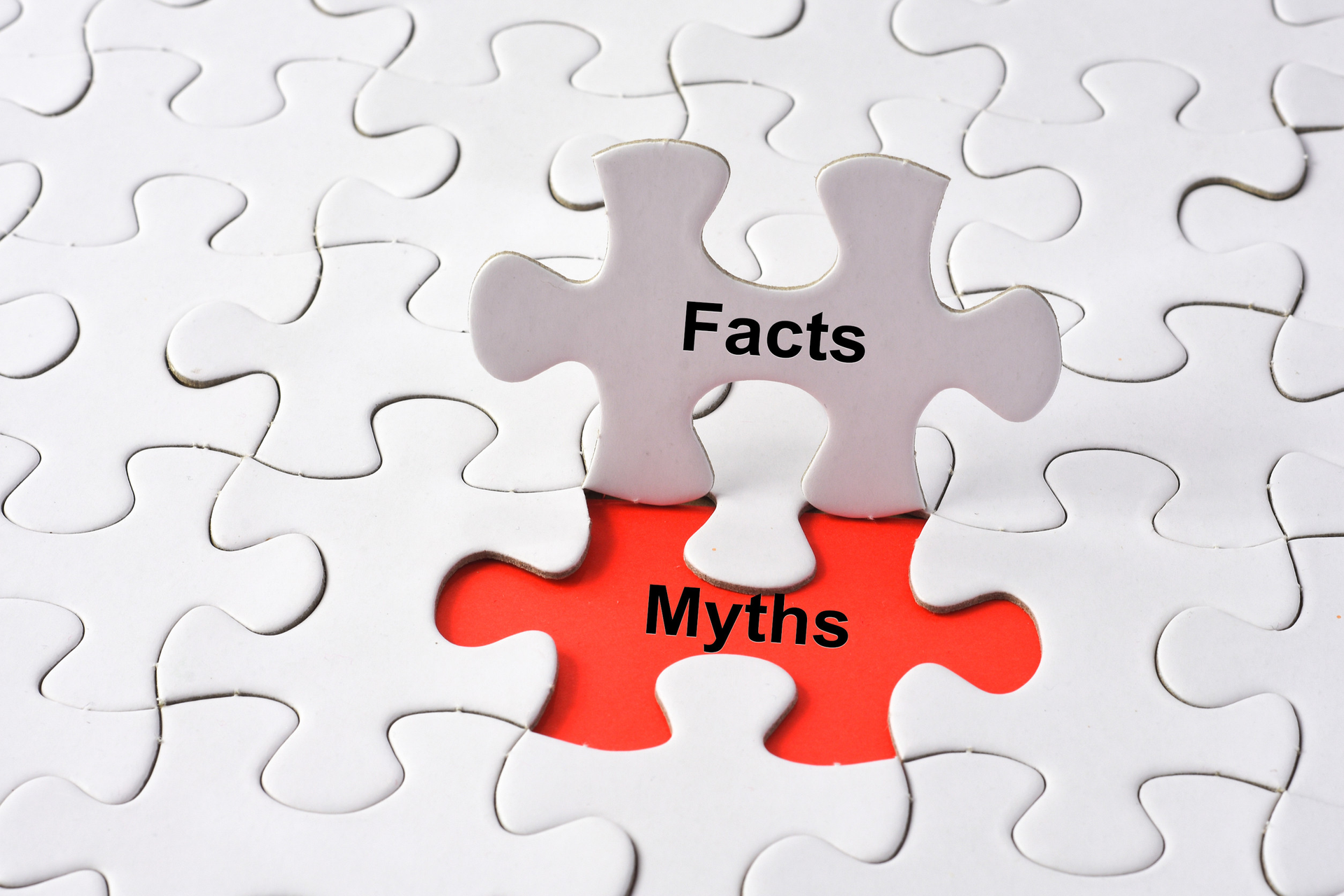One of the most fun days of Law School Real Property class for the Professor is the day when the explanation of Livery of Seisin occurs.

As you probably know, our real estate law is rooted in English Common Law, dating back to 1066 and the Battle of Hastings: the last time England was successfully invaded.
In the middle ages in England, very few people were literate. Mostly, the literate people were priests, royalty and some of the more powerful nobles. However, more people than those few could own - and sell - an interest in land. So, in the time before Deeds were readily available, how would one person transfer title to land to another?
The answer is: Livery of Seisin. The Buyer and the Seller, accompanied by their “seconds” (we would think of them as personal assistants), would go to the village nearest to the property being transferred. In the village, they found two boys, aged 10 or 11 and took them with the Buyer and Seller to the property.
While standing on the land being sold, the Seller would reach down, pick up a clod of dirt or a twig or root from the land and place it in the Buyer’s hands in full view of the children. Then, the two boys would be heartedly whipped by the men.
This was to ensure that the boys would, for the rest of their lives, remember the transaction and, should the need ever arise, be able to testify about the sale taken place. The Buyer and Seller wanted to instill in the boys a very clear, if painful, memory.
Crude, cruel and caustic, it was, nonetheless, effective. The process was still being practiced in the English colonies in America as late as 1650.
Boys all across America are grateful we have deeds, whether they know it or not.
Our Hours
- Mon - Thu
- -
- Friday
- -
- Sat - Sun
- Closed
Weekend and evening hours may be available on request.
We serve Martin and St Lucie Counties and the Treasure Coast including:
- Okeechobee
- Hutchinson Island
- Sewall's Point
- Palm City
- Stuart
- Jensen Beach
- St. Lucie West
- Jupiter Island




